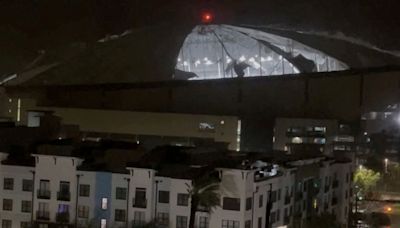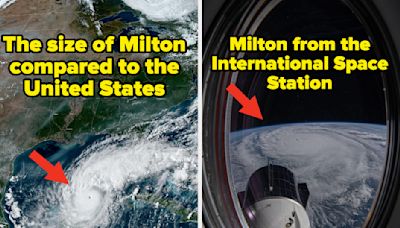Search results
The continental slope of the northern Gulf of Mexico margin (Texas–Louisiana slope) displays a bathymetrically complex morphology that terminates abruptly in the Sigsbee escarpment in the central Gulf, and is filled in by the head of the Mississippi fan to the east (Steffens et al., 2003). The hallmark of the central Gulf continental slope is the presence of numerous closed to partially ...
Dec 1, 2020 · Most of these allochthonous salt-bearing basins, such as the Gulf of Mexico in USA (Weimer et al., 2017), Nordkapp in Norway (Rojo and Escalona, 2018), Santos in Brazil (Garcia et al., 2012), and the Pricaspian in Kazakhstan and Russia (Volozh et al., 2003), are important petroleum provinces where the salt deformation directly controls hydrocarbon trapping mechanisms.
Jun 1, 2007 · Map showing distribution of allocthonous salt in the Gulf of Mexico and along the U.S. Gulf Coast (from Diegel et al., 1995). While rotary sidewall cores are extremely expensive to recover, drill cuttings are, on the other hand, automatically returned to the floor of the drill ship with a fraction routinely sorted and archived on typically tens or hundreds of feet intervals.
Jan 1, 2004 · The Gulf of Mexico must be a priority for a global environmental facility (GEF) initiative concerning regional natural resources and ecosystem management. • The Gulf of Mexico is a shared international ecosystem and should be a top priority for the USA and Mexico. •
Dec 1, 2022 · The Gulf of Mexico (GOM) contains a wide range of ecosystems that provide important services and play a critical role in supporting the Gulf coast, United States, and international economies. For example, according to NOAA Fisheries in 2019, GOM commercial seafood landings revenue in the United States was $1.4 billion and accounted for 15% of the total national landings revenue.
Jan 1, 2022 · Abstract. The Gulf of Mexico is an isolated oceanic basin whose nature, structure and age are not fully elucidated, mostly because seafloor spreading isochrons have not been identified in this basin so far. We compiled and processed all publicly available marine magnetic data to produce a new magnetic anomaly map of the Gulf of Mexico.
Jan 5, 2022 · The Gulf of Mexico (GoM) is a prolific petroleum basin at the southern edge of the North America tectonic plate (Fig. 1) with more than a century long exploration history. Despite a vast number of wells that have been drilled and large amounts of geophysical, geochemical and geological data that have been acquired in the basin, its tectonic history remains debated by the geoscientific community.
Dec 15, 2018 · The Gulf of Mexico is a valuable region for advancing understanding of global change impacts to mangrove forests because, in addition to a rich legacy of ecological research, coastal wetlands in the region are abundant and span multiple ecologically-relevant abiotic gradients (López-Portillo and Ezcurra, 2002; Méndez-Alonzo et al., 2008; Day ...
Jan 1, 2017 · Firstly, the Gulf of Mexico oil spill is one of the largest oil spills in history (BBC, 2010, Ramseur and Hagerty, 2013), which makes it an environmental crisis of significant ethical importance. Secondly, the company responsible for this crisis, BP Oil, operates in the oil and gas industry, which is inherently an environmentally sensitive industry.
Jun 1, 2022 · The Papaloapan River basin (17°19° N and 95°–97° 40′ W) is the second largest hydrological basin in Mexico, drains 39,189 km 2 of catchment area before reaching the Gulf of Mexico with an annual volume of discharge of 39,175 km 3. The Papaloapan River flows into the Gulf of Mexico through the Alvarado lagoon, Veracruz State.




